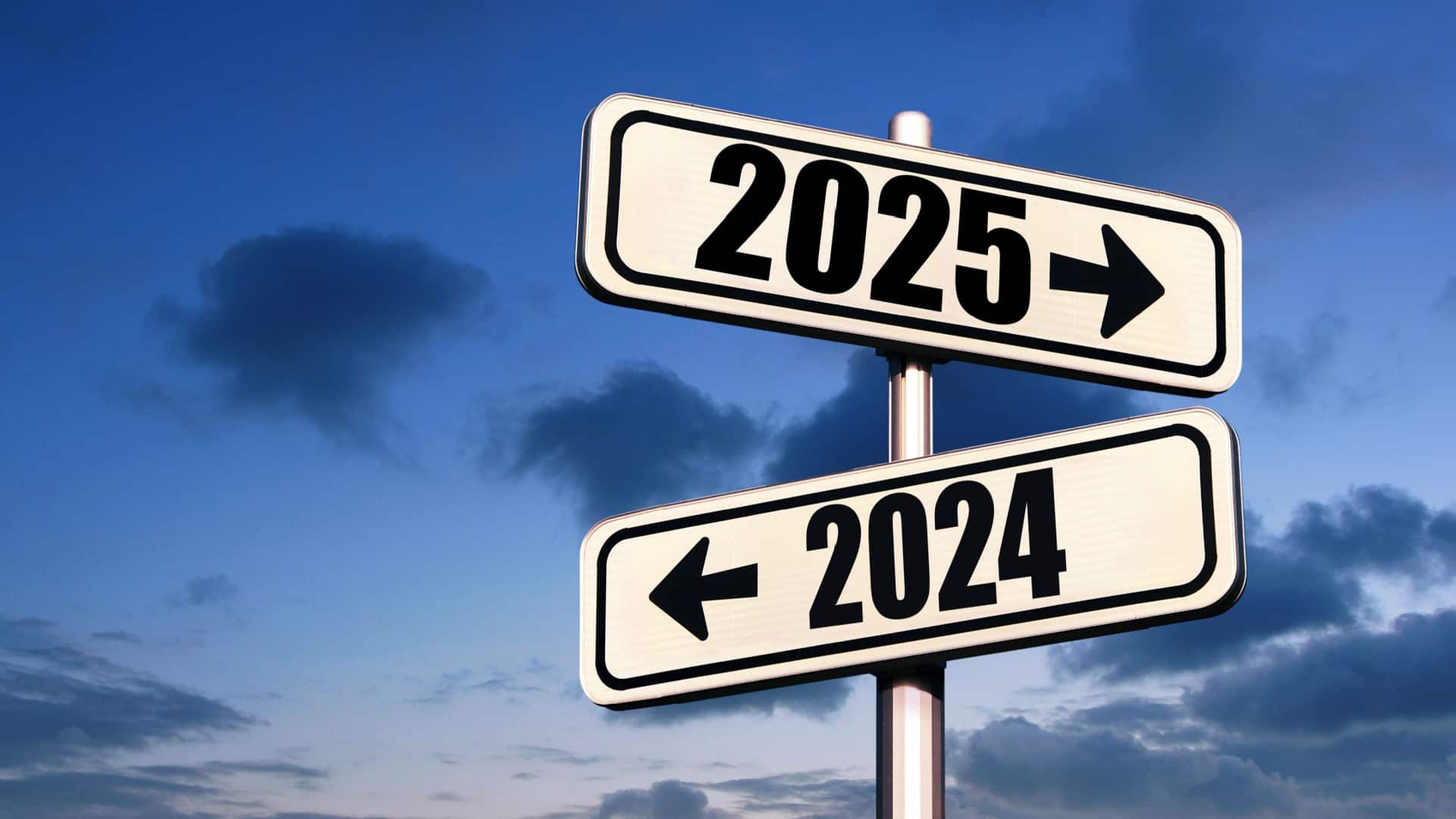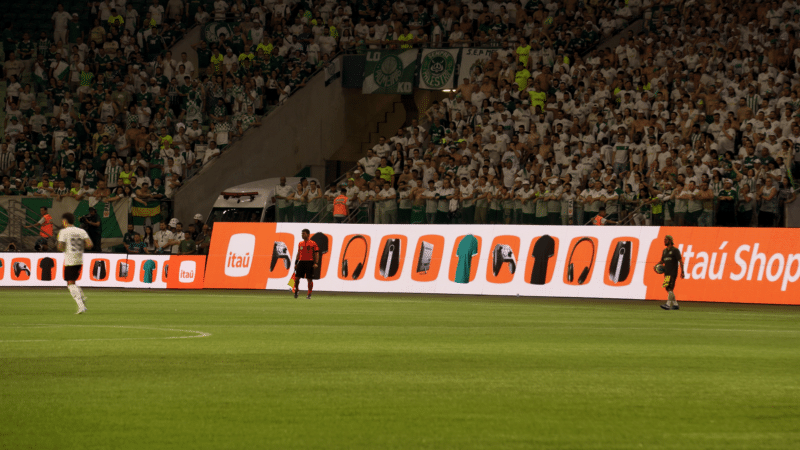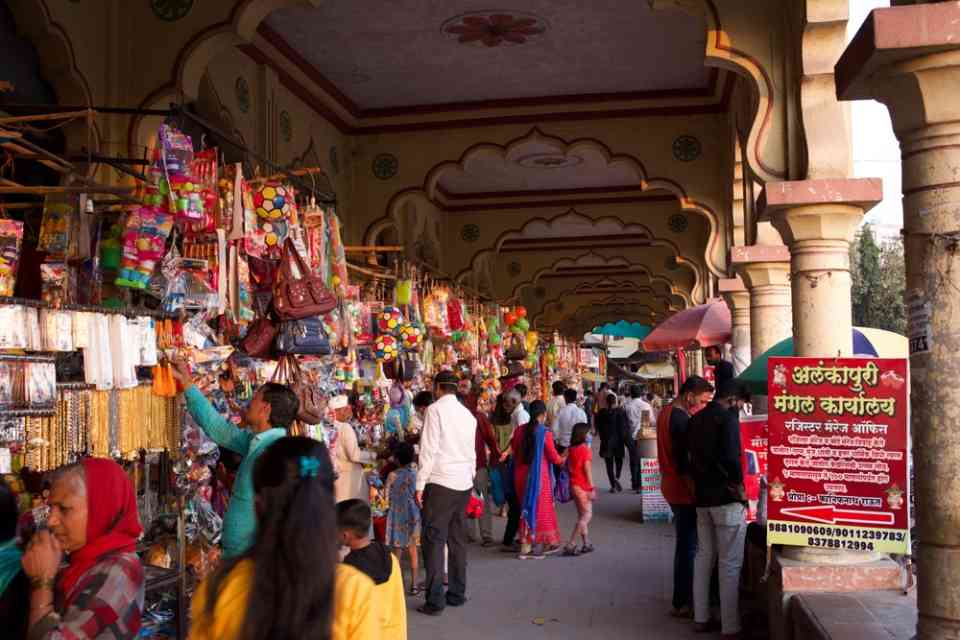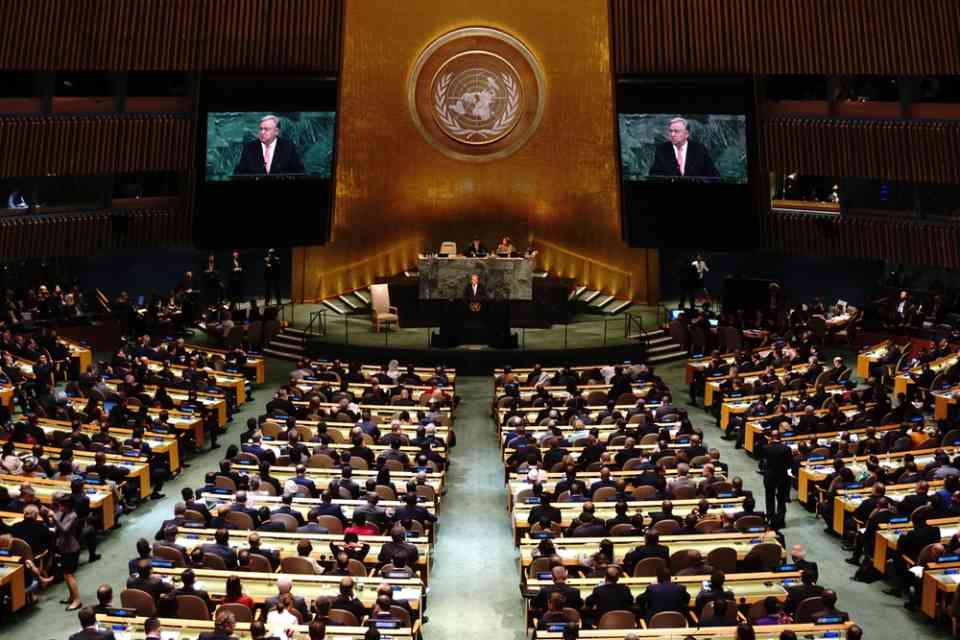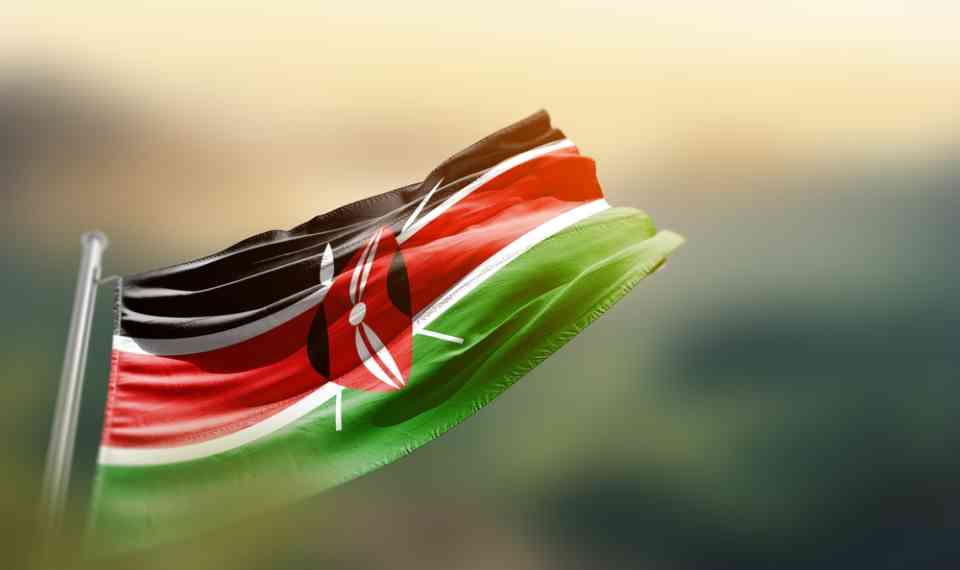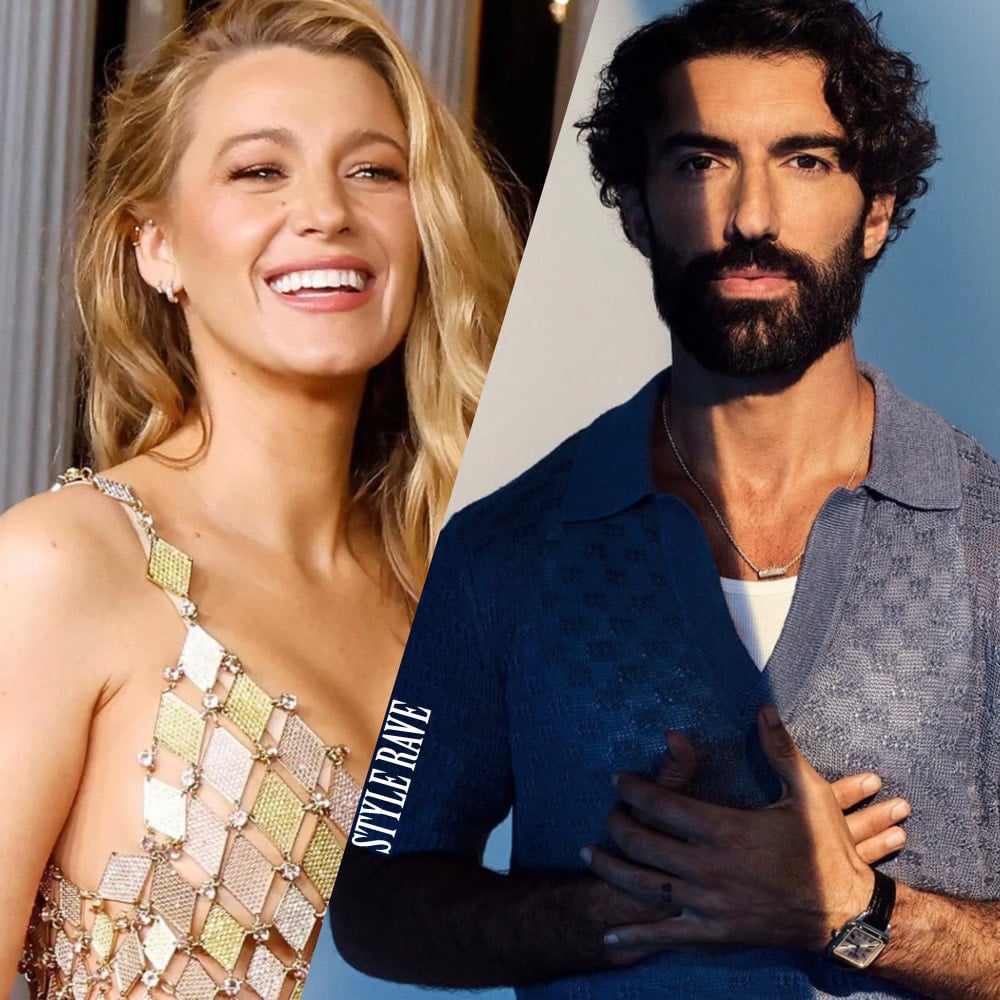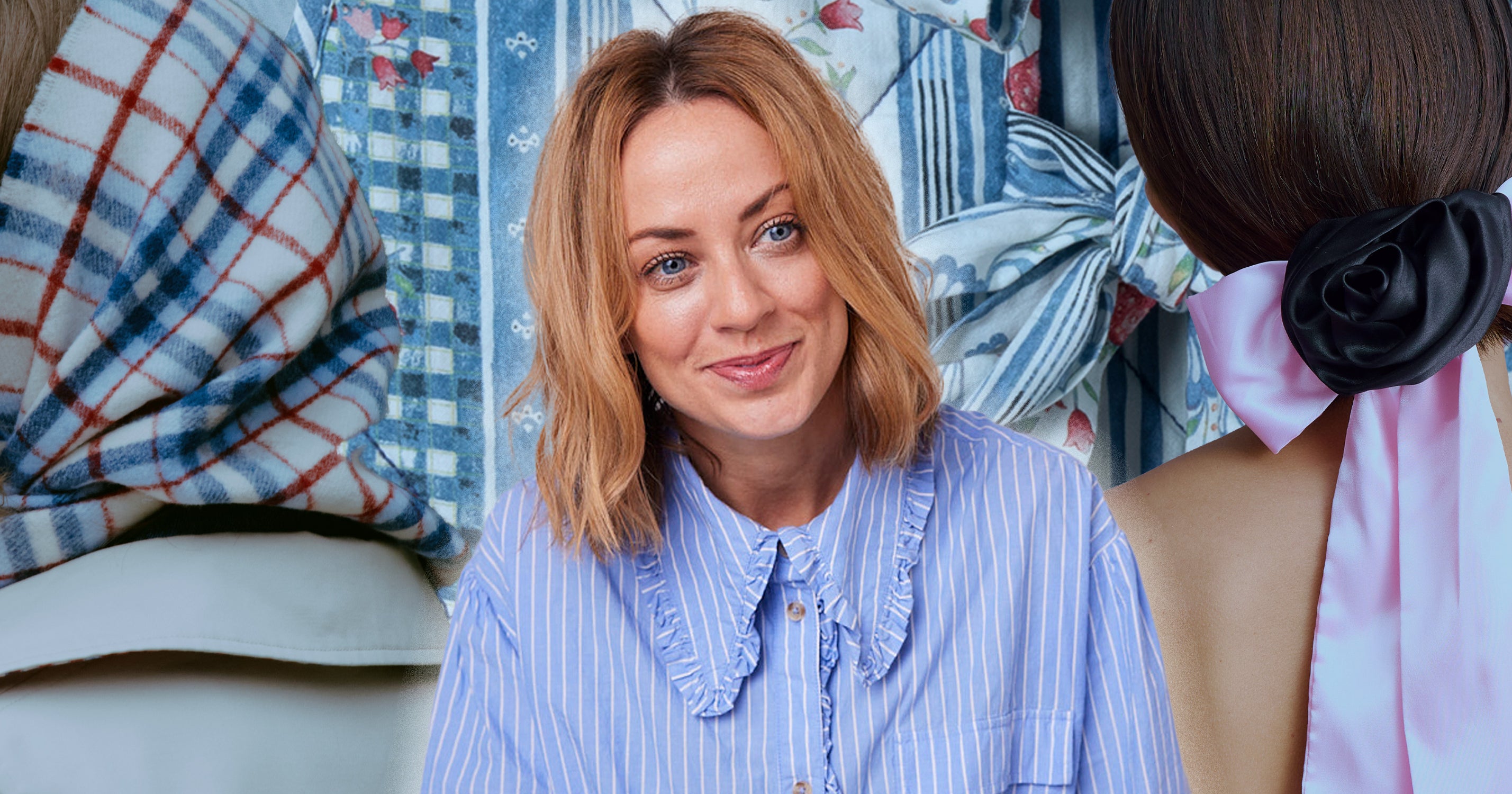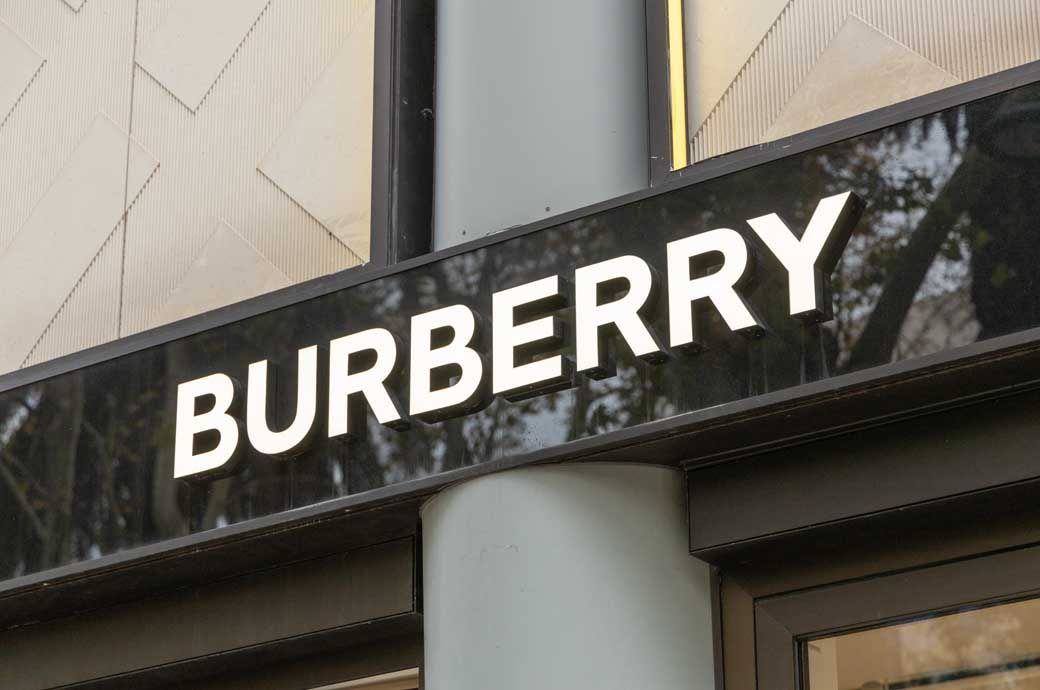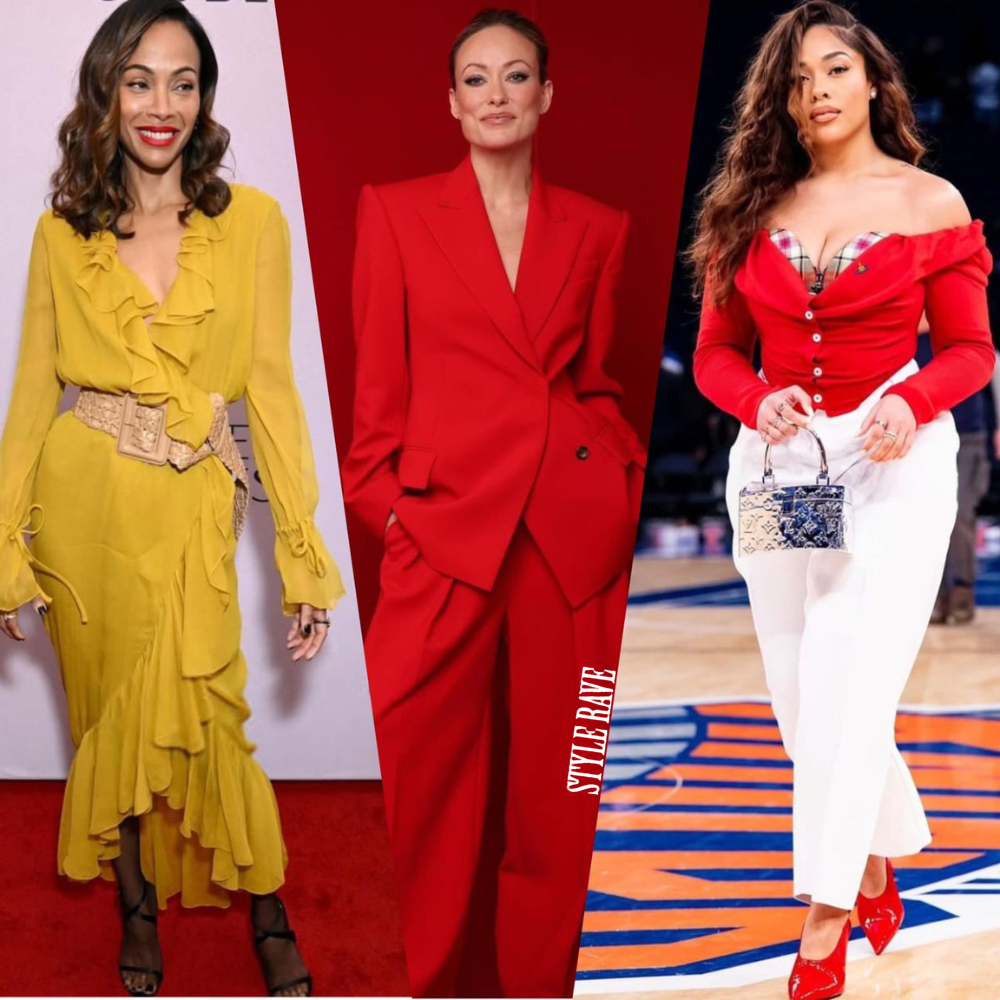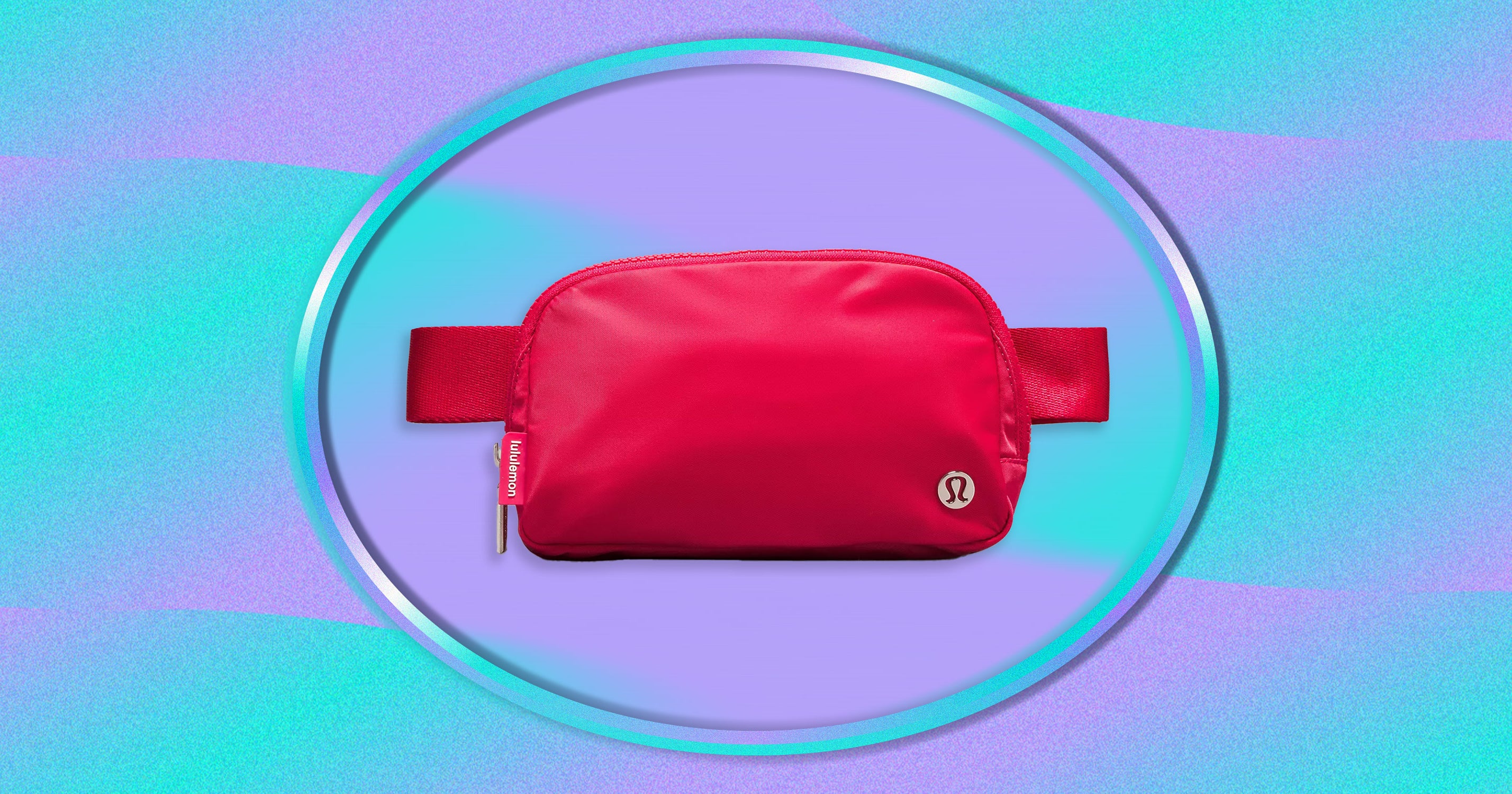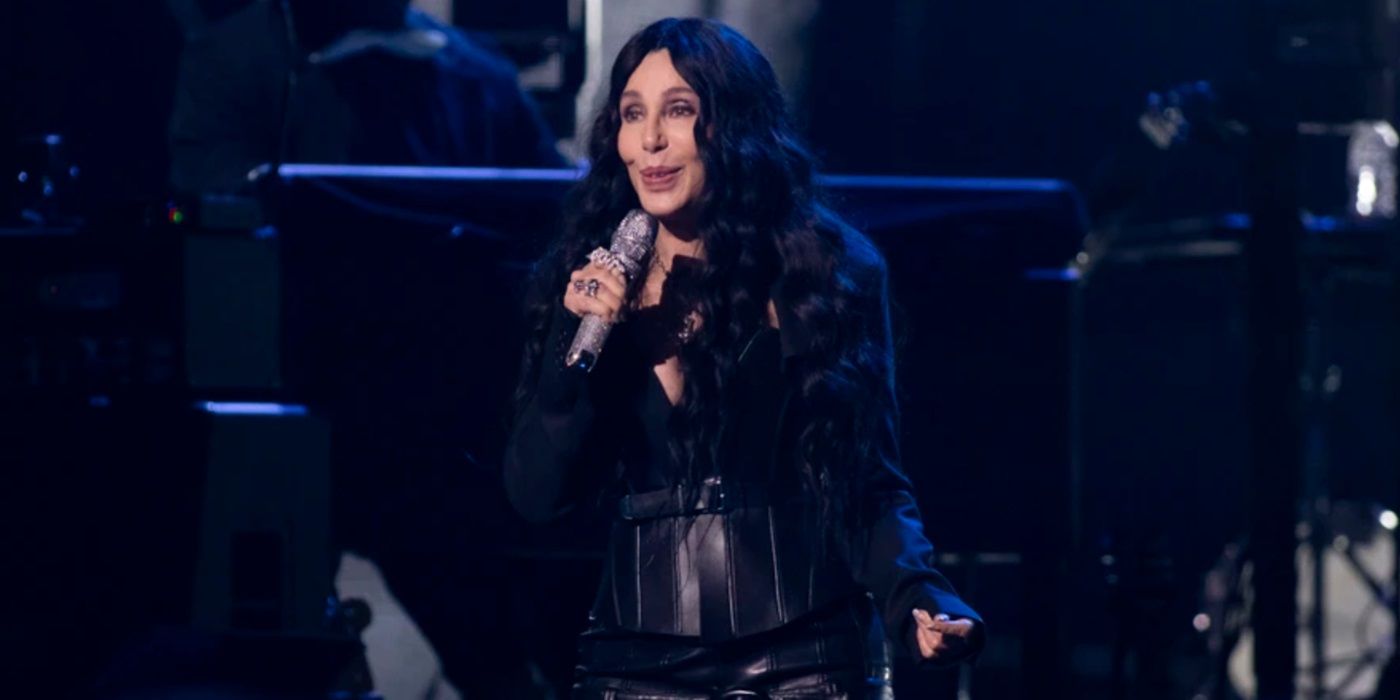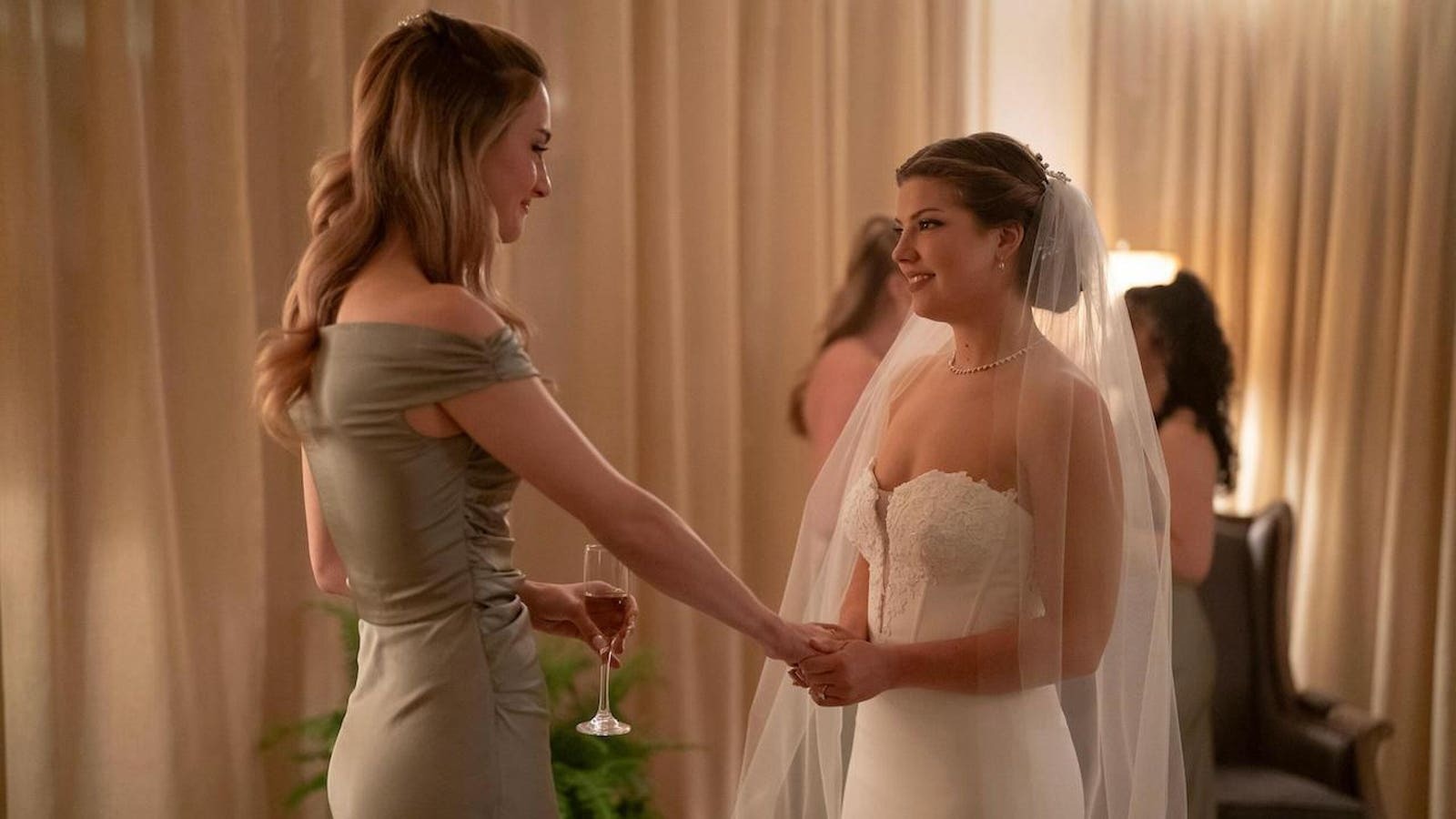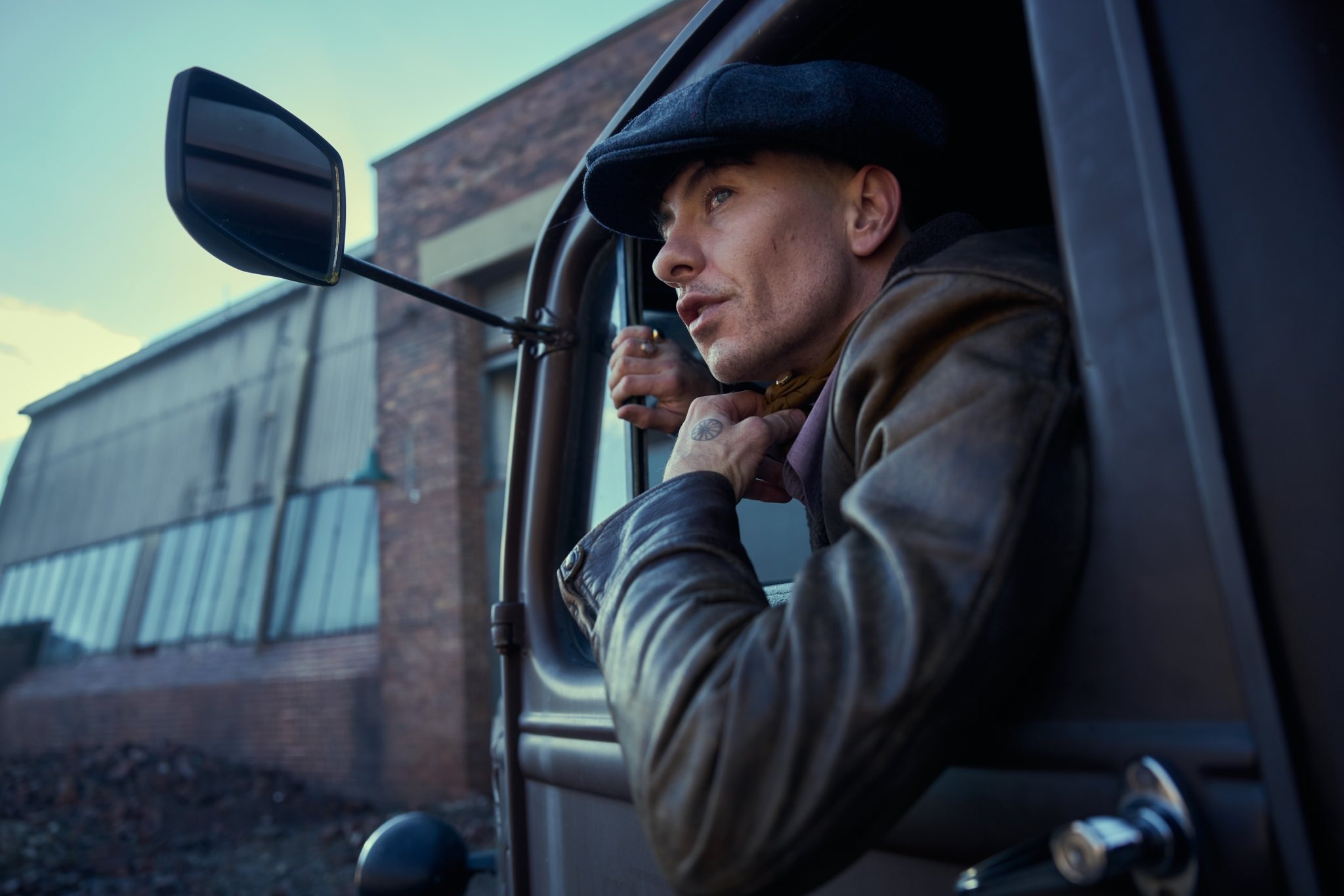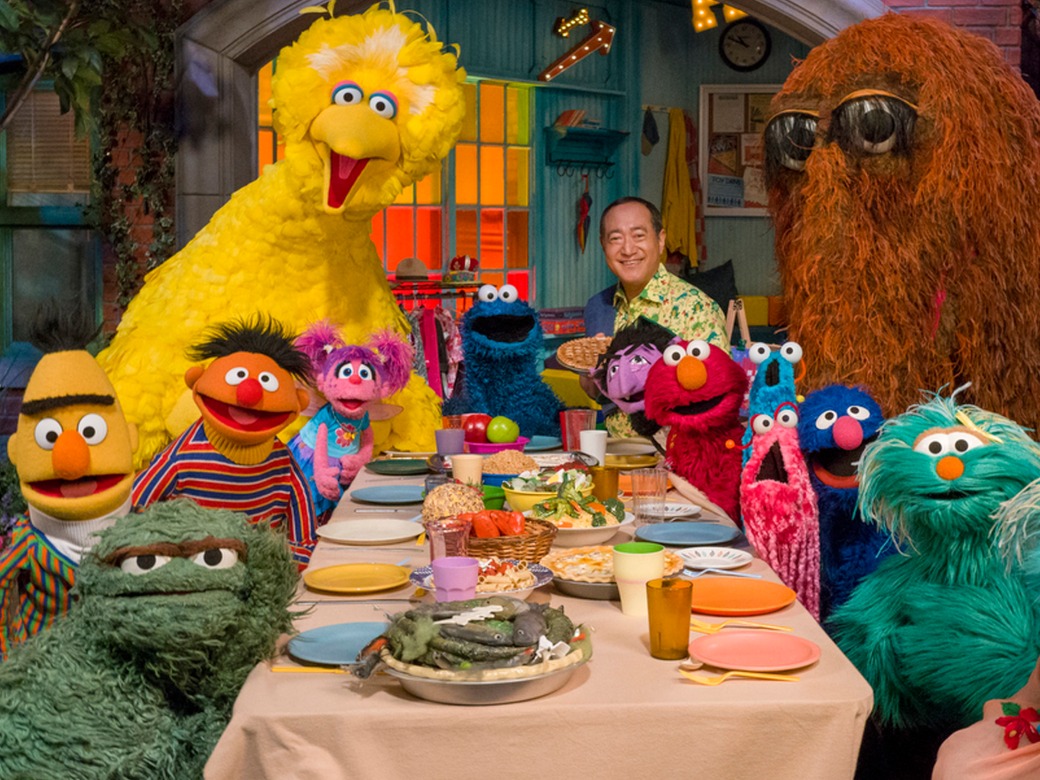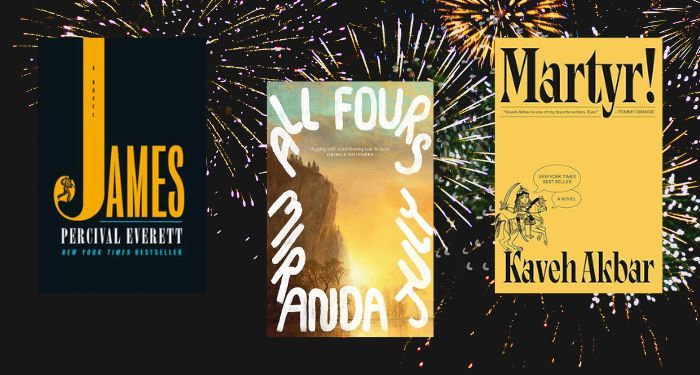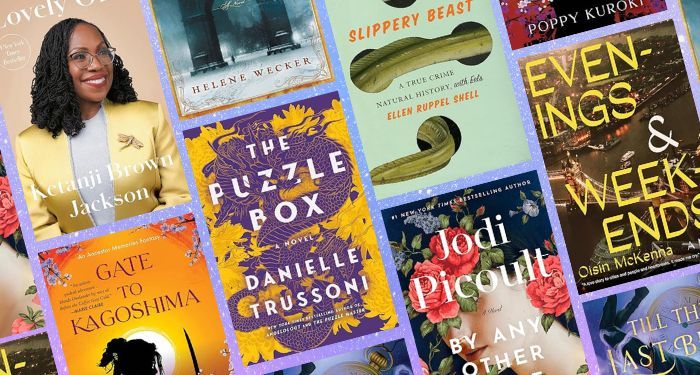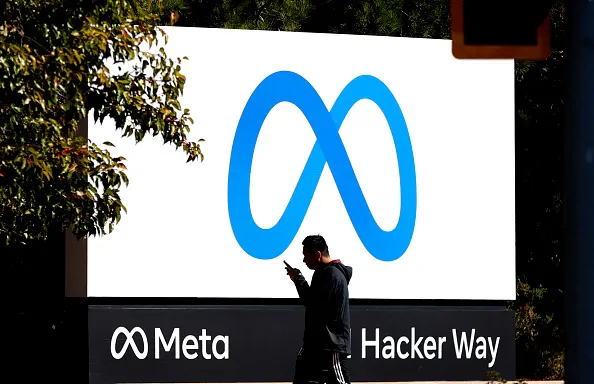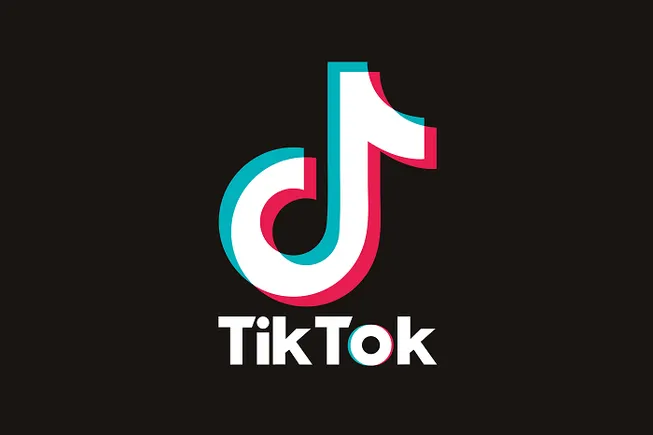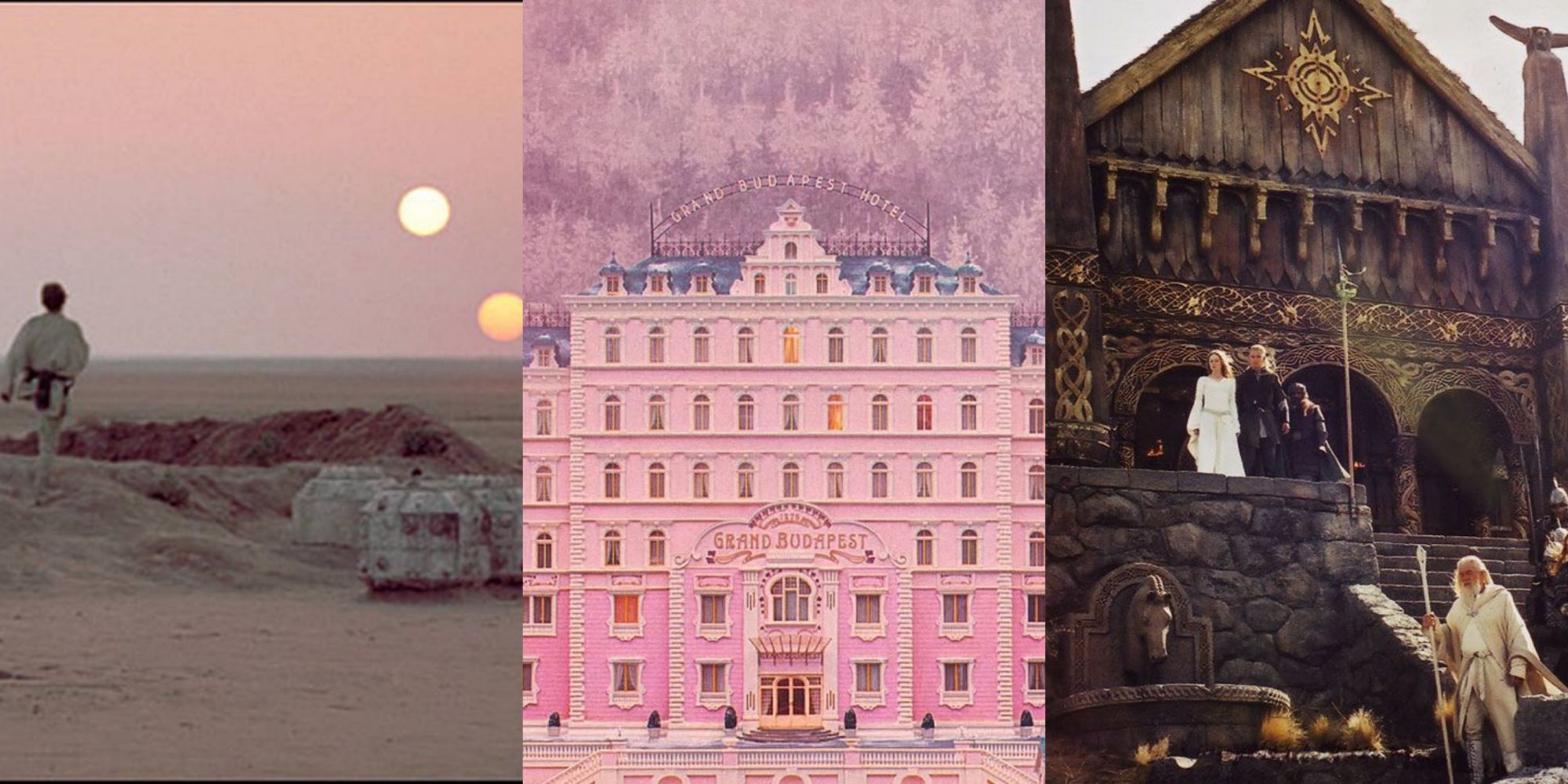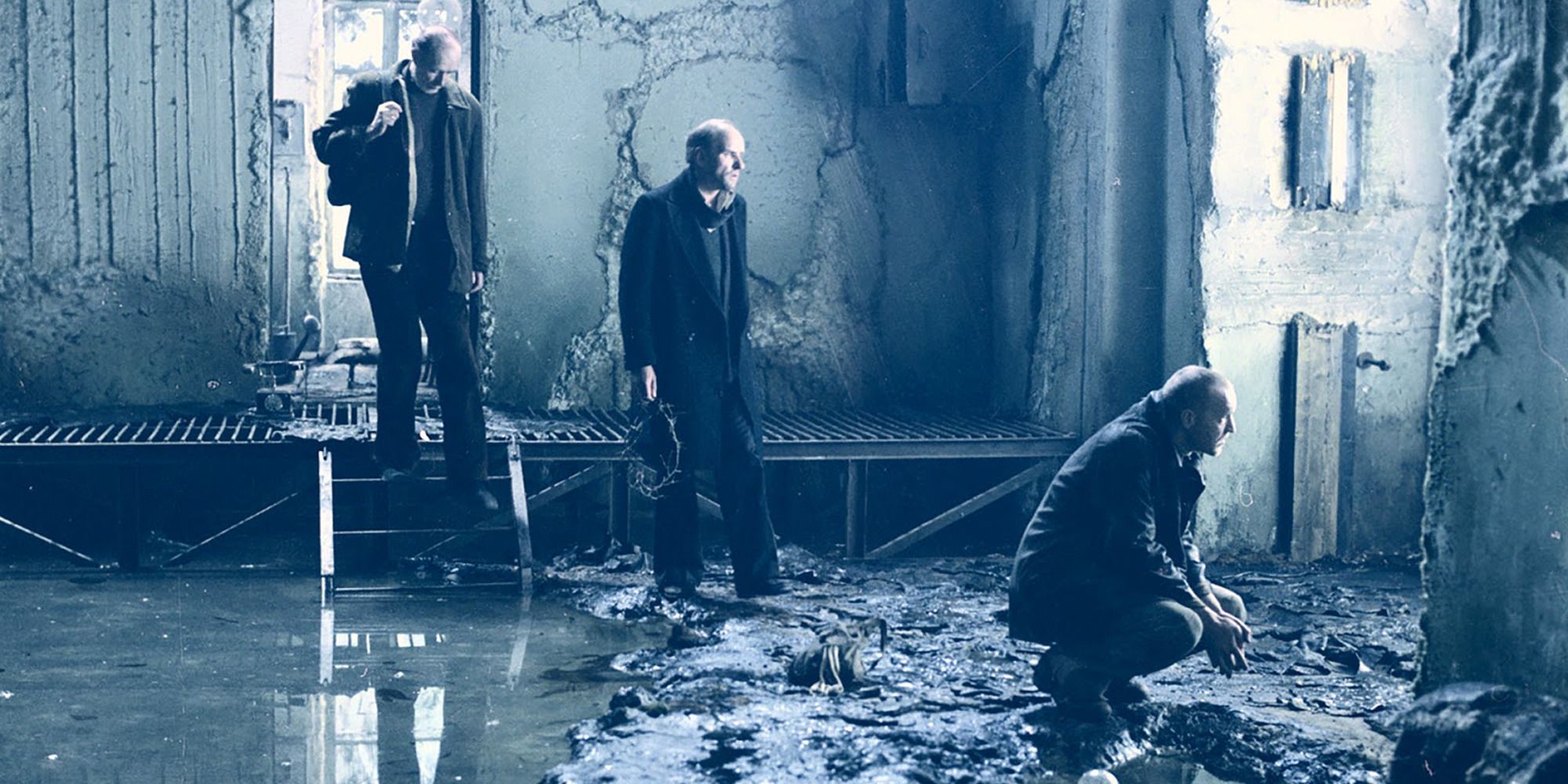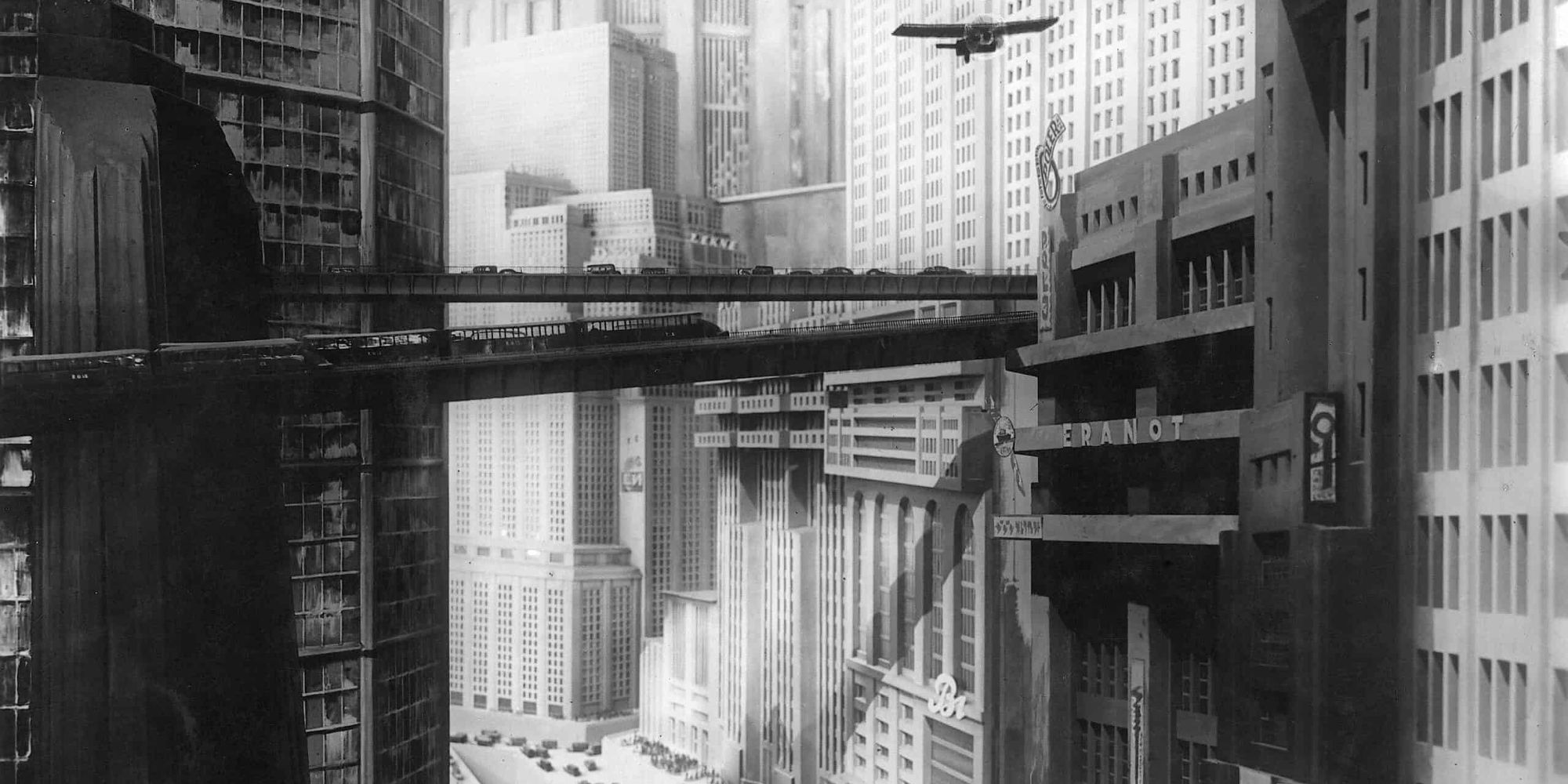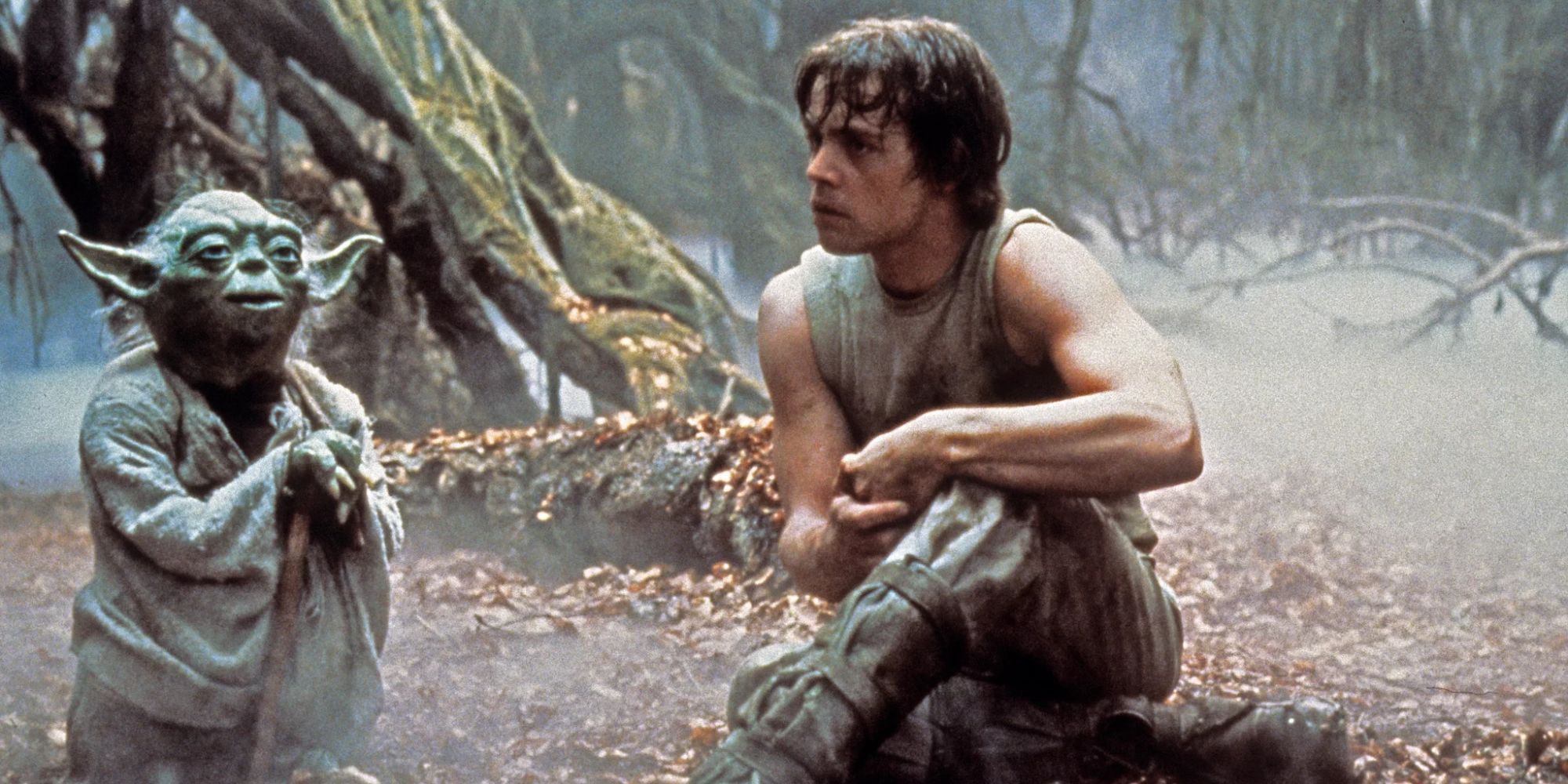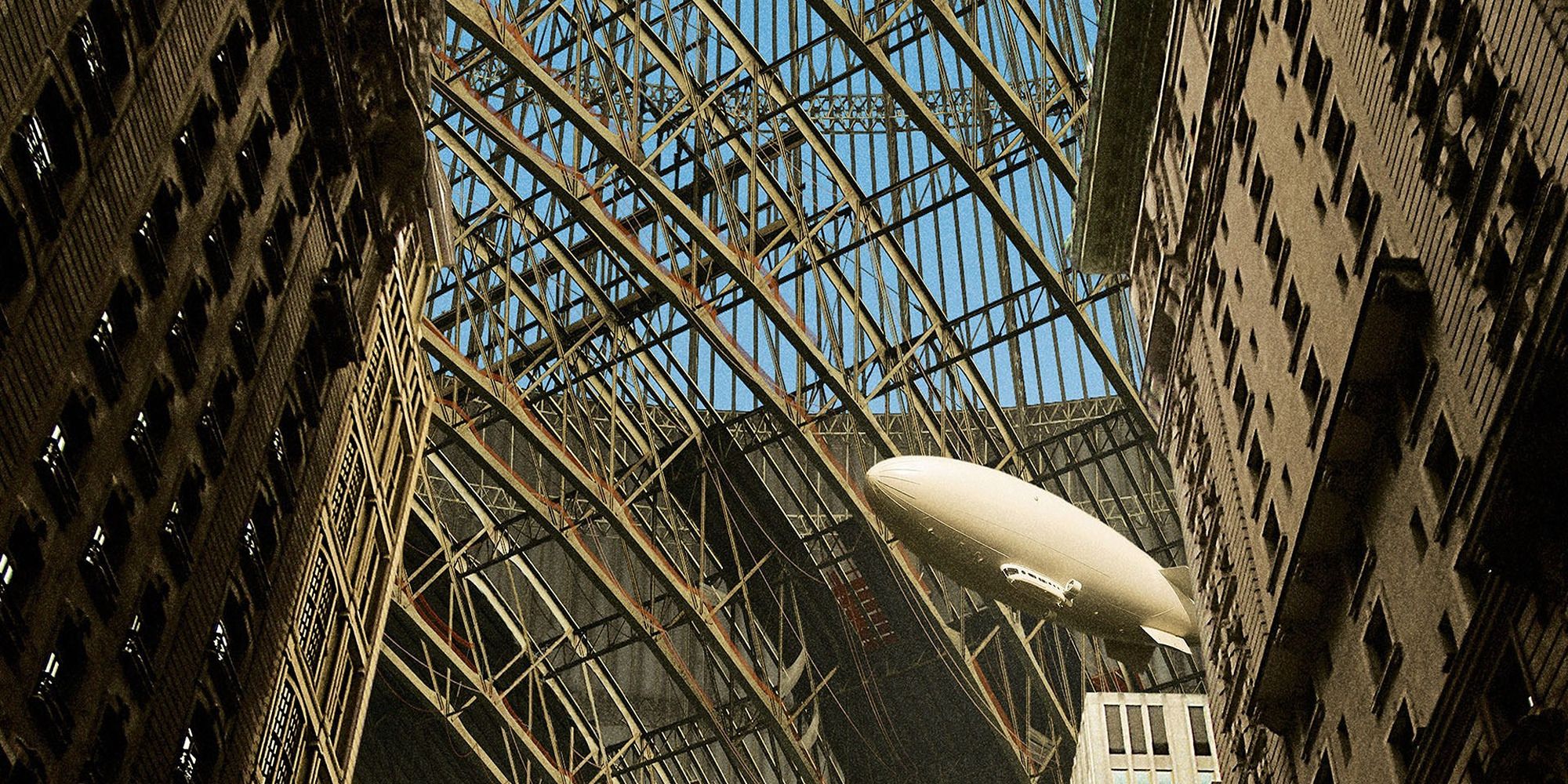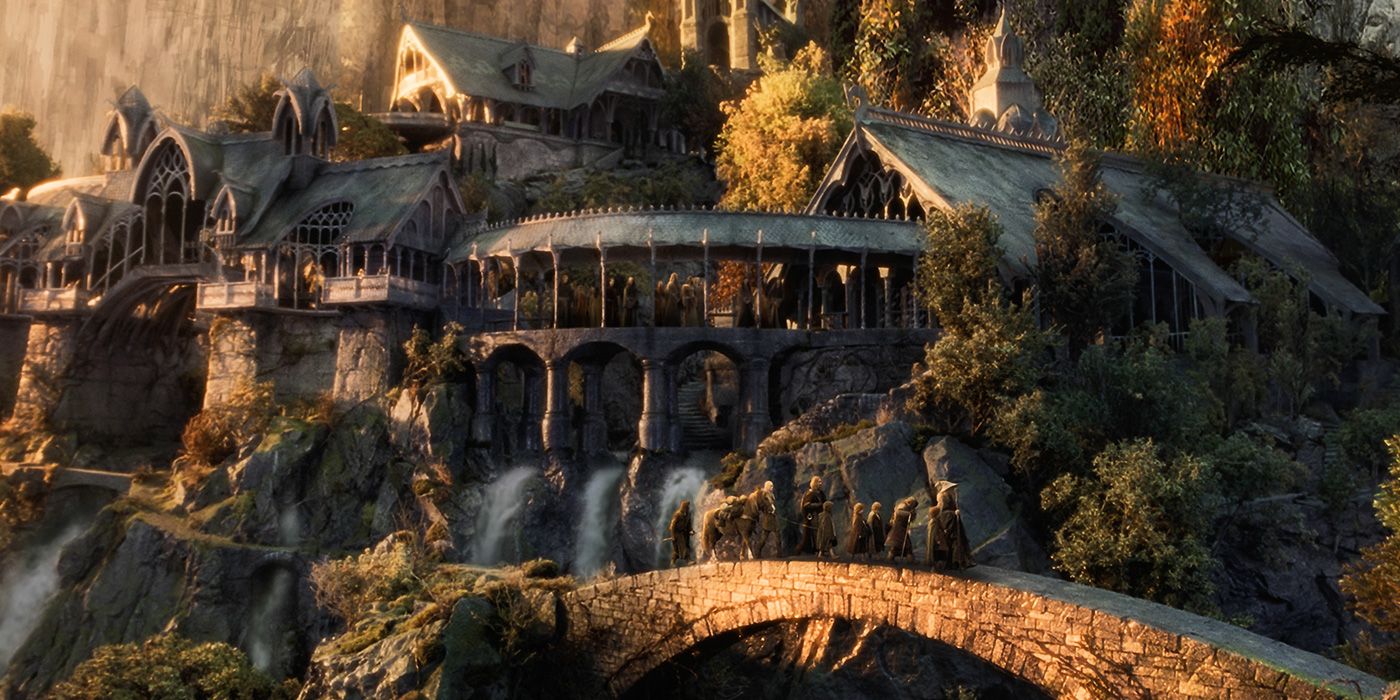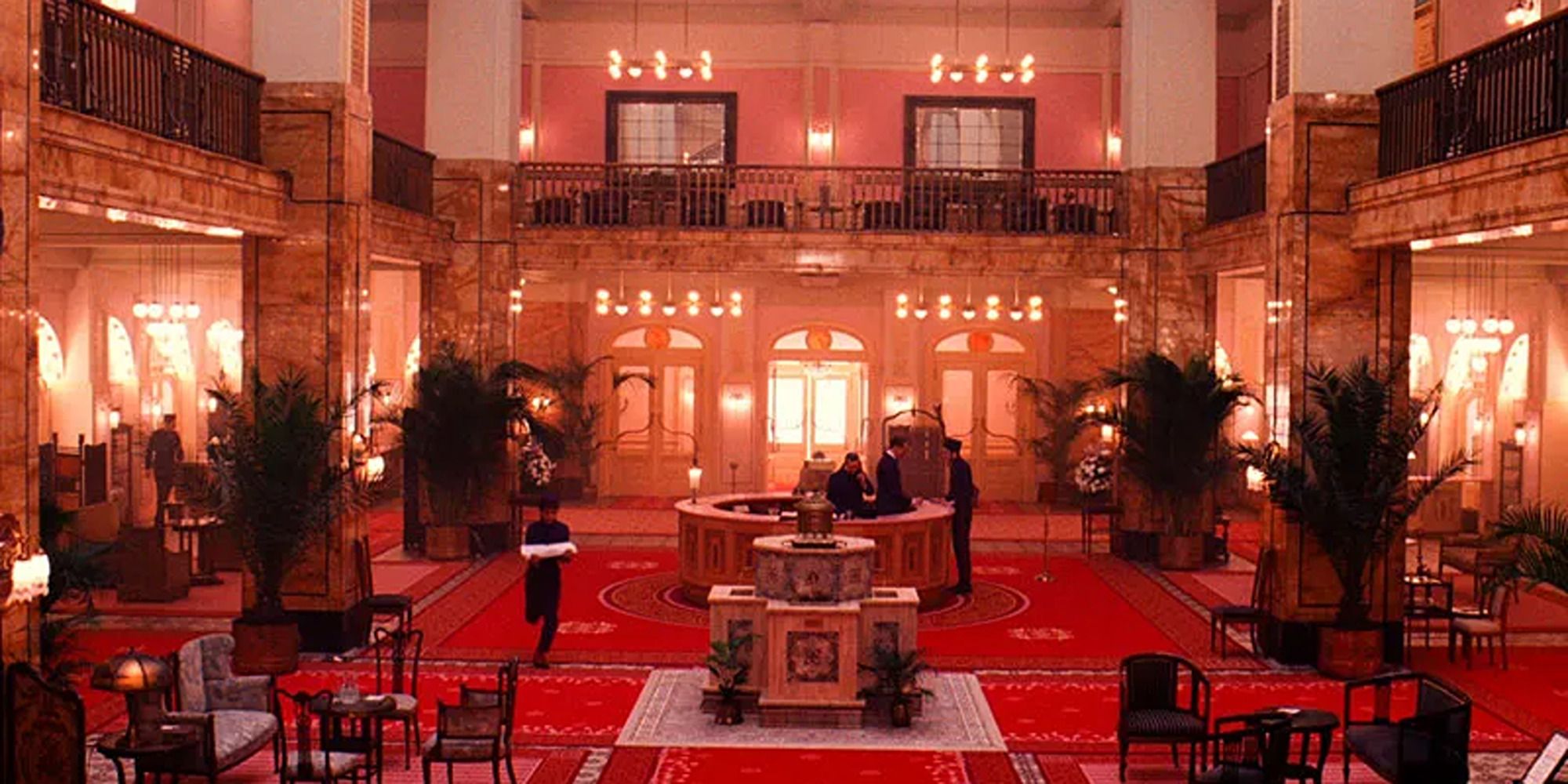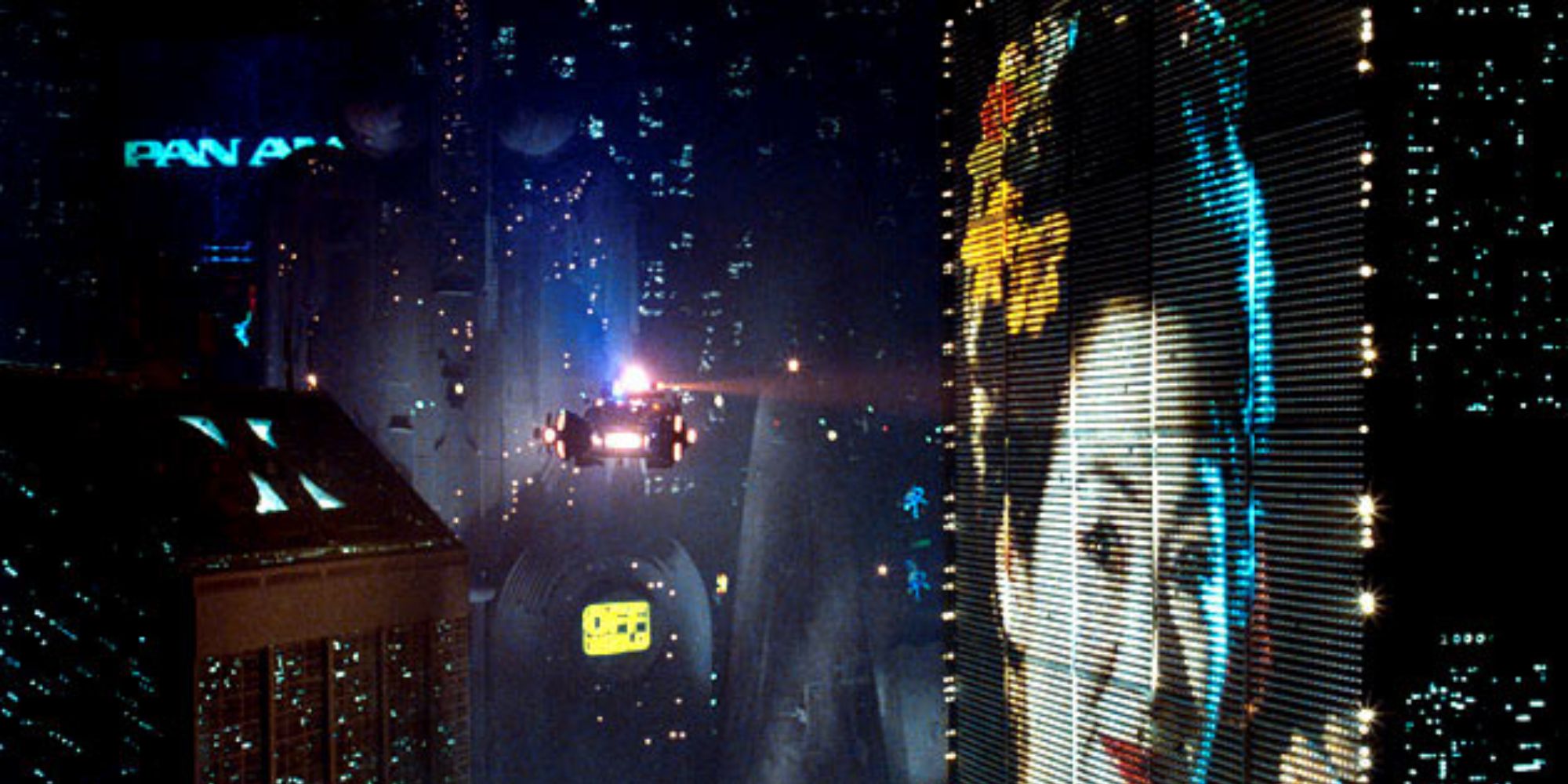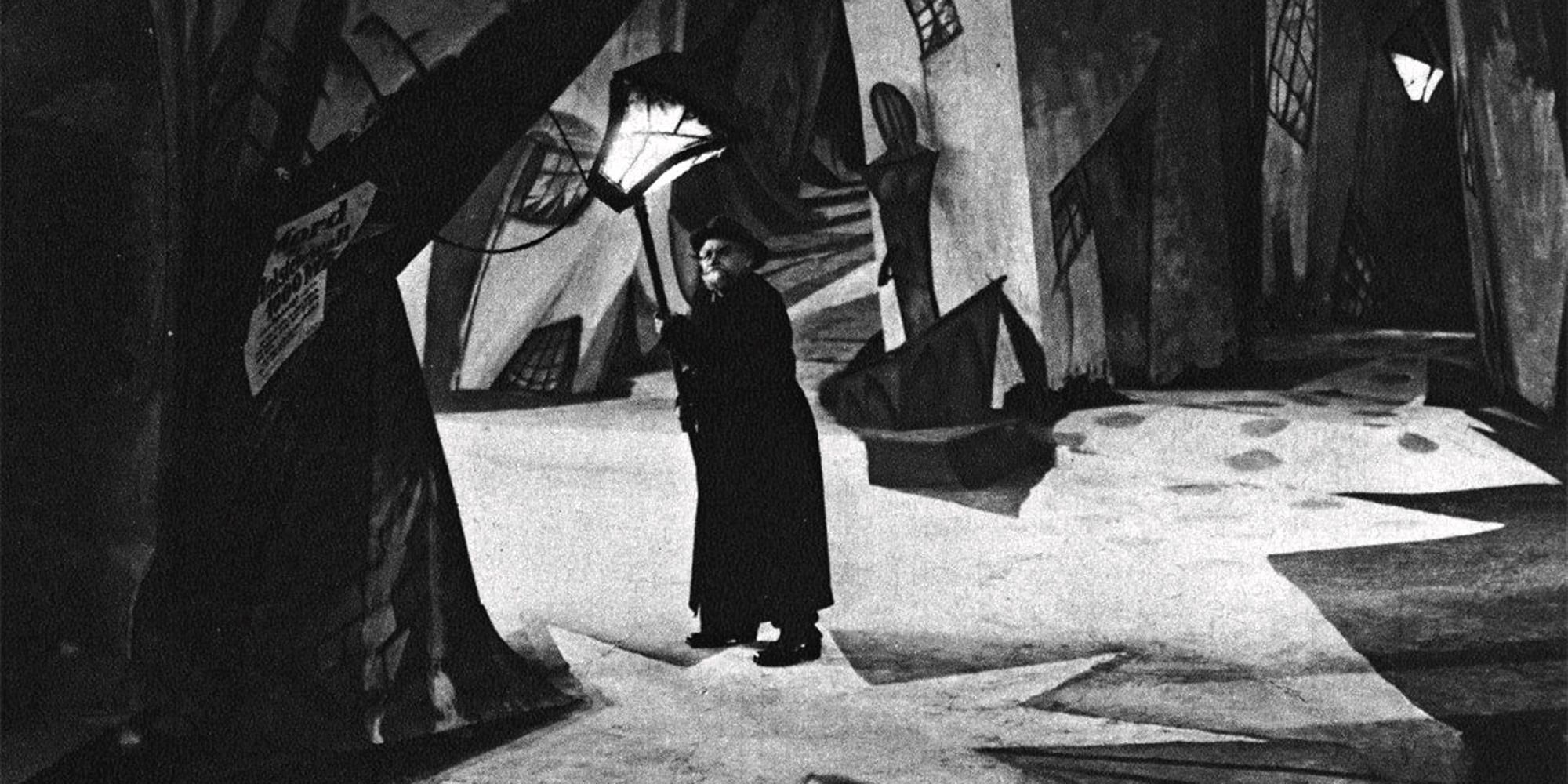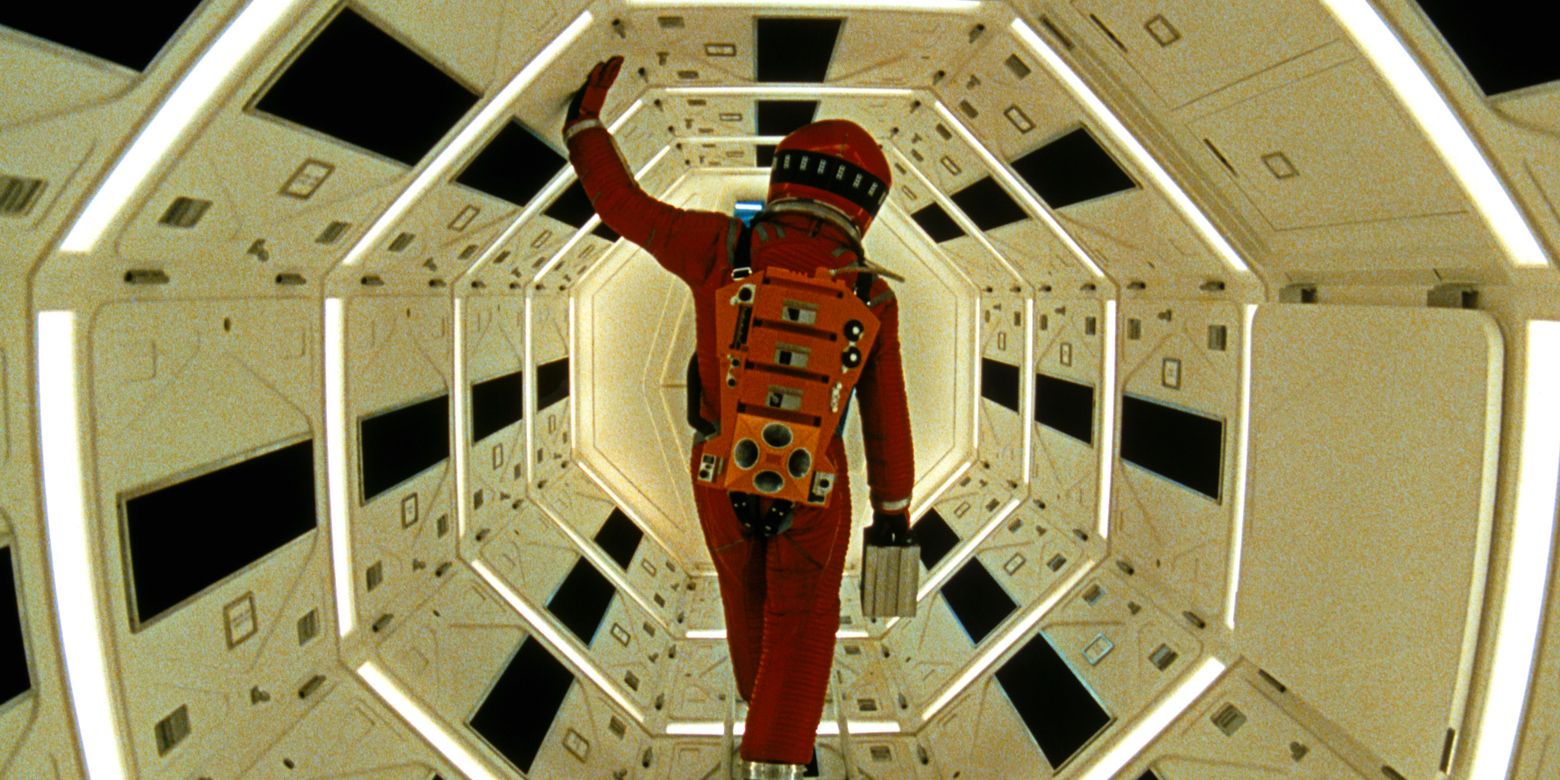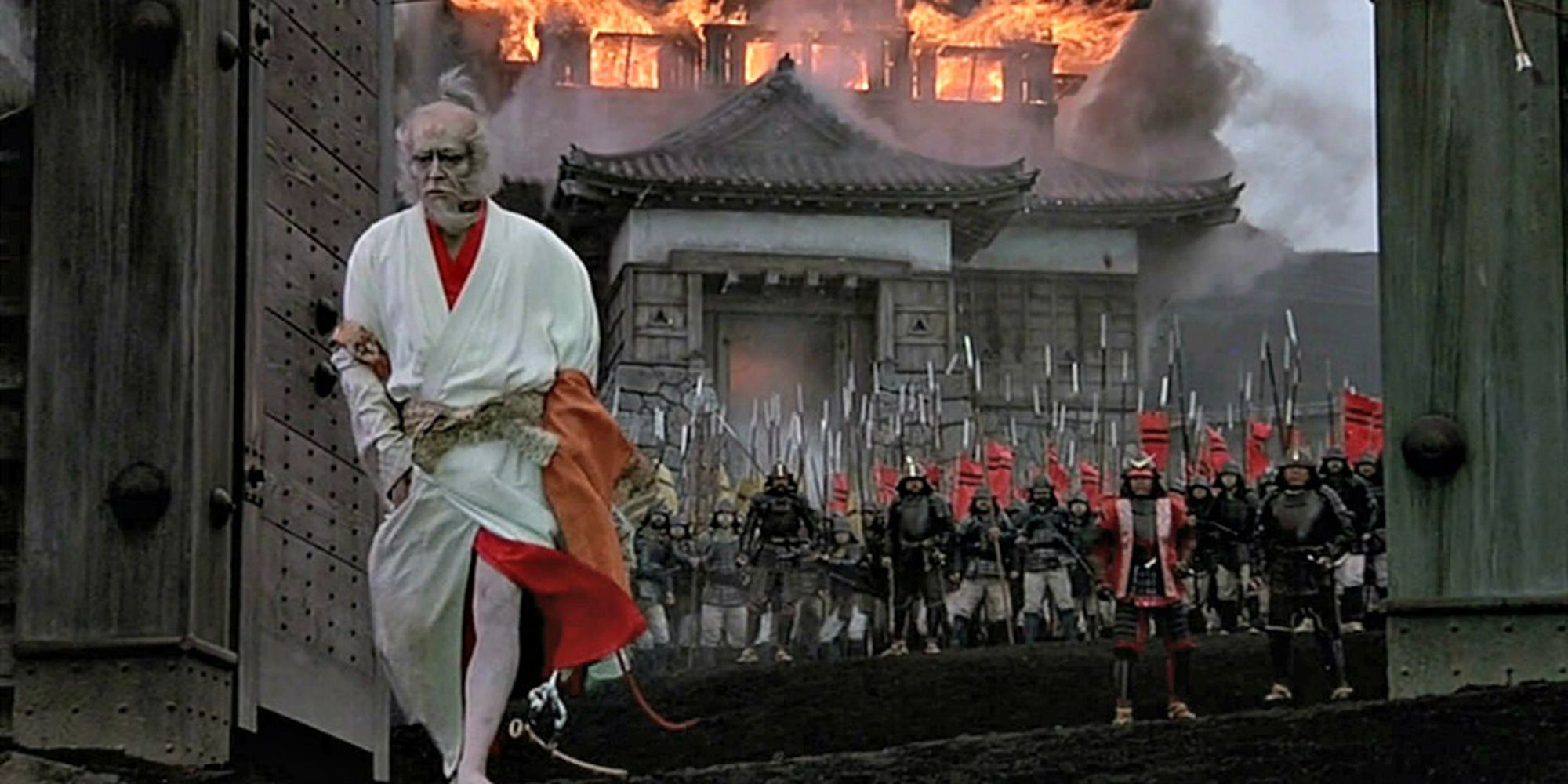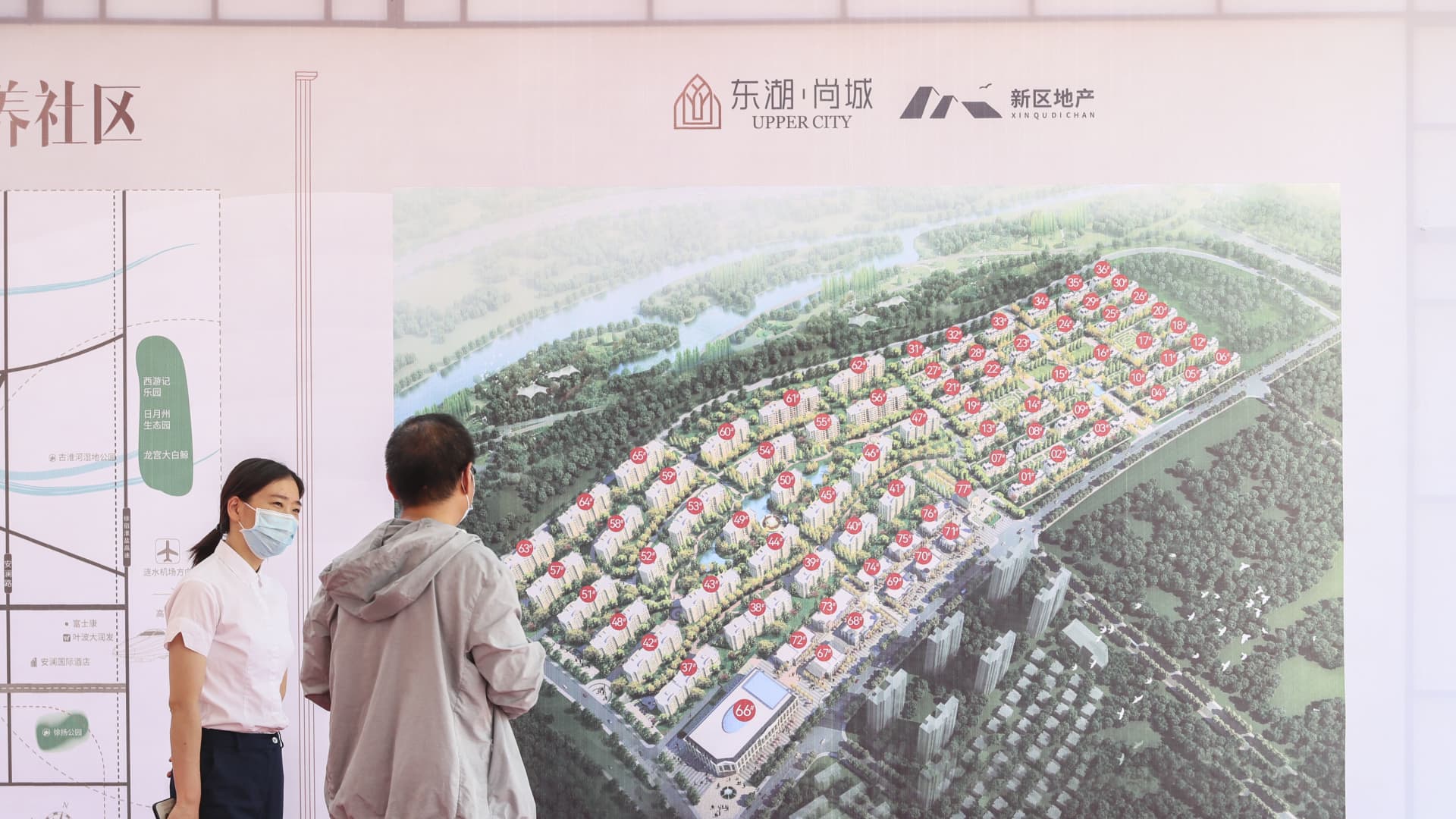Production design in movies is a big wide field. In summary, the production designer is the person in charge of the overall visual aesthetic of the film. They get a say in things like set design, costume design, props, visual effects, and even cinematography. If you find a movie’s visuals immersive, then the production designer did a good job.
A movie with uninspired production design is easy to forget. When there’s one that looks absolutely stunning, such as the Star Warsfilms and Wes Anderson‘s The Grand Budapest Hotel, it’s a guarantee that it’s going to reside in audiences’ minds for a long time.
The Movie That Killed Its Director — ‘Stalker’ (1979)
Stalker, directed by the Soviet Andrei Tarkovsky, follows three men as they cross a desolate wasteland called The Zone in search of a room that grants the user’s innermost desire.
Among many other things, the film is famous for leading to the premature death of Tarkovsky and other cast members and crew since they filmed in close proximity to a dangerous chemical plant that gave them diseases later in life. In a bittersweet turn of events, though, the decision paid off for the film’s look: The Zone is one of the most mystifyingly gorgeous locations in all of film history, perfect for Stalker‘s tone and atmosphere. The production designers behind its bleak appearance were Aleksandr Boym and Tarkovsky himself.
An Early Sci-Fi Masterpiece — ‘Metropolis’ (1927)
If you’ve ever wondered about the origin of the backbone of the basic sci-fi movie look, Metropolis might be your answer. Fritz Lang‘s epic silent masterpiece is a social allegory about the son of a futuristic city’s mastermind and how he falls in love with a working-class woman.
The production design in charge of Erich Kettelhut pretty much defined the sci-fi genre aesthetic from very early on. Influences from movements like Art Deco and Gothicism can be seen all across the impressive city designed by Kettelhut.
Space Operas Would Never Look the Same Again — ‘Star Wars’ Original Trilogy
Some may call it cheating to group three films in a single entry, but it’s hard to separate the incredibly consistent production design of the Star Wars original trilogy.
Though later entries lost a bit of the visual charm and magic of the first three, these are irrefutably some of the coolest-looking sci-fi movies ever made. The task of defining these films’ appearance fell under John Barry first and then Norman Reynolds. Both did a marvelous job using creative set design, impressive VFX, and utterly convincing miniatures.
A Life-Size Replica of NYC — ‘Synecdoche, New York’ (2008)
Famed screenwriter Charlie Kaufman made his directing debut with Synecdoche, New York, and what a debut it was. It’s a profoundly philosophical movie about a theater director who sets out to create a life-size replica of New York City inside a warehouse for his newest play.
As you might guess from this synopsis, production design plays a crucial part in the film’s narrative, and Mark Friedberg was up to the challenge. He makes Synecdoche look grand, ambitious, and even a bit surreal.
The Absorbing Magic of Middle-Earth — ‘The Lord of the Rings’ Trilogy
Once again, three films with production design so consistently jaw-dropping that it’s hard to think of them as three separate jobs. The job ran under Grant Major in all three films about a team setting out to destroy a powerful artifact and defeat a dark overlord.
The Lord of the Rings trilogy is undoubtedly the most epic and immersive fantasy franchise to ever grace the big screen, and a big part of that is thanks to Major. The sets are unique and memorable, the props are all impressive to look at, the CGI remains impressive even after all these years, and the overall aesthetic of all three films is pretty much perfect.
Pastel, Pastel Everywhere — ‘The Grand Budapest Hotel (2014)
Wes Anderson is known for the quirky and unique visual flair of all his movies, but The Grand Budapest Hotel, about the adventures of the concierge of a famous hotel and his trusty lobby boy, is maybe the best-looking of them all.
Production designer Adam Stockhausen, who earned an Oscar for his efforts on this movie, gave it a delightful pastel look that has some beautiful contrast with other scenes that use much drabber color schemes. Not just that, but the sets and costumes are all amazing and perfect for Anderson’s signature comedic camera movements.
Do Androids Dream of Electric Sheep? — ‘Blade Runner’ (1982)
Ridley Scott‘s legendary sci-fi film Blade Runner, about a cop who has to find and eliminate four androids that stole a ship, is one of the most visually staggering films you’ll ever see.
Lawrence G. Paull was Oscar-nominated for his work on the movie, which remains absorbing and surprising after decades. The noir-ish style of the futuristic Los Angeles is evident, and it helps make Blade Runner an enrapturing detective story set in a grim but fascinating world.
The Godfather of Exuberant Production Design — ‘The Cabinet of Dr. Caligari’ (1920)
German filmmaker Robert Wiene‘s best film and perhaps the best-known picture made in the German Expressionistic movement, The Cabinet of Dr. Caligari shows its titular character, a hypnotist, using a somnambulist to commit crimes.
This is one of the first horror films in recorded history; although it isn’t trulterrifyingmodern standards, its visual aesthetic makes it very eerie. Twisted shapes and masterful uses of light and shadow populate every scene, resulting in a film that looks absolutely fascinating. The production design by Walter Reimann, Walter Röhrig, and Hermann Warm became one of the most influential in all of movie history.
Sure Hope the Future Will Look This Good! — ‘2001: A Space Odyssey’ (1968)
There are multiple reasons why many consider Stanley Kubrick to be the best filmmaker of all time, and 2001: A Space Odyssey is one of those reasons. It’s an absorbing and highly ambitious epic about a mysterious object that sets humanity on a journey to discover its origin.
Slick, colorful, and pristine, the production design in charge of Ernest Archer, Harry Lange, and Anthony Masters makes 2001 a true cinematic journey. The film takes audiences from the gritty look of the Stone Age to the stylish aesthetic of the future, and it’s enrapturing the whole way through.
A Passion Project That Looks Flawless — ‘Ran’ (1985)
Akira Kurosawa‘s Ran was a passion project years in the making. A partial adaptation of Shakespeare‘s King Lear and based on the legends of the daimyo Mōri Motonari, Ran is about an aging feudal lord who abdicates and leaves his land to his three sons, set in Medieval Japan.
The mythical Japanese director spent a decade storyboarding every shot in the film as paintings, and it shows. Ran might be the best-looking film ever. Every shot feels precise and perfectly calculated, every piece of the color palette is meaningful, every costume flawless, and every set beguiling. Production designers Shinobu Muraki and Yoshirô Muraki helped Kurosawa craft the visual magic of Ran, and it was one of the most fortunate collaborations in all of cinema.














